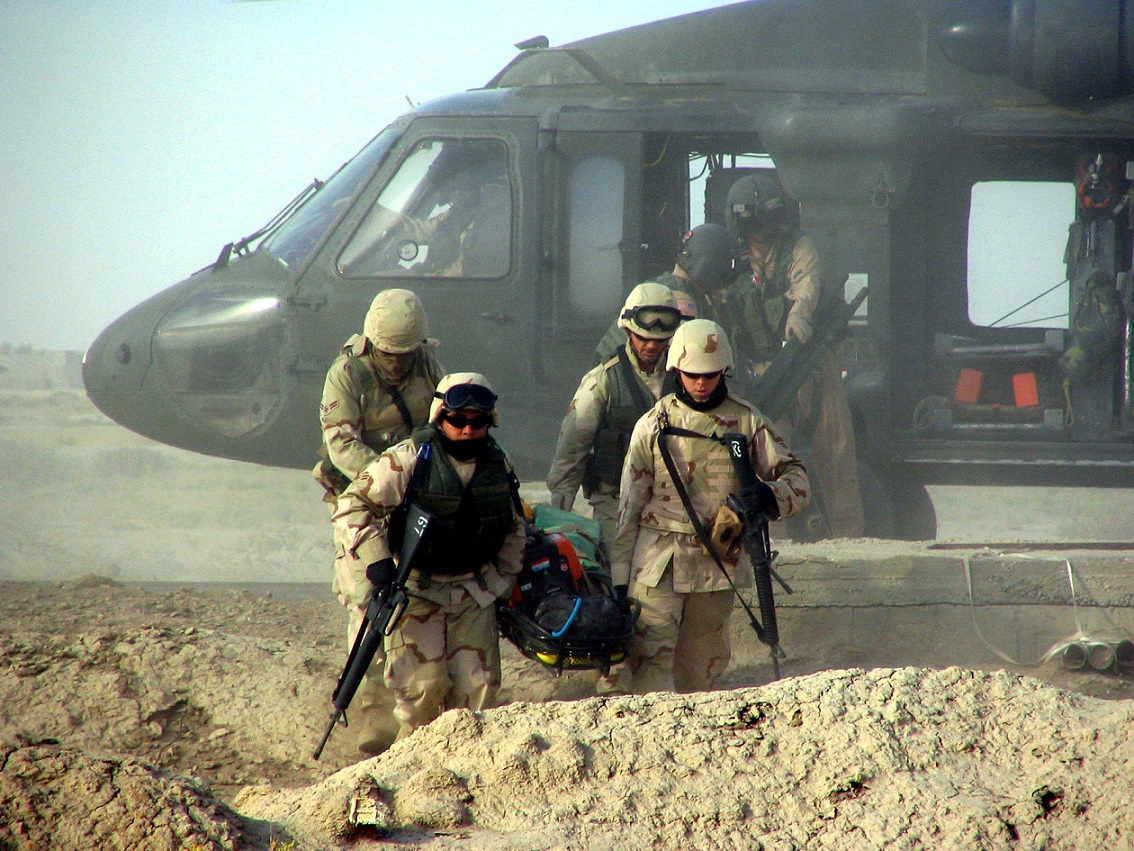This post is also available in:
 עברית (Hebrew)
עברית (Hebrew)
A new emergency beacon will save soldiers that get separated from their unit or lost in a hostile landscape. US soldiers presently carry a device that transmits a 406 MHz signal, which is the international distress frequency. When a soldier activates the alert, satellites receive the signal and relay it back to a mission control center, and from there to a rescue coordination center. However, sending a radio signal as a call for help can be seen by the enemy too, as they are monitoring those frequencies as well.
The US Army recently awarded a $33.9 million contract to support the development of new technology. Orolia offers a dual-mode beacon. In peacetime, it broadcasts using existing infrastructure. “But there is another mode, a software-defined radio with a programmable waveform that the Army can use to define their own classified, proprietary frequency,” says the company. “This allows for a closed-loop combat search and research capability.”
The beacon is packaged in an easy to use, 7 oz. form factor. To activate, the soldier unfolds an antenna and presses a button.
Orolia officials say they plan to deliver 350 of its next-generation emergency beacons for user testing in the coming year, with subsequent deliveries of 10,000 units a year for a total of 40,000 beacons.
The Army has been looking for a way to improve how it recovers soldiers for more than a decade. The Army’s specific goals of soldier recovery are: return physically and mentally healthy recovered personnel to duty; sustains morale of the fighting force knowing they won’t be left behind; increase operational performance by gathering lessons learned; and deny adversaries the chance to exploit the intelligence and propaganda value of isolated personnel. To meet those aims, soldiers need to be able to call for help, knowing their distress signals won’t betray their position to the enemy.
According to c4isrnet.com, Orolia won a first-phase award for prototype development in 2016, in part, thanks to its ability to meet Army requirements for big battery life. Once activated, the dual-mode device should be able to remain operational for up to 48 hours. A tactical operations center or rescue coordination center will monitor a preselected frequency.


























